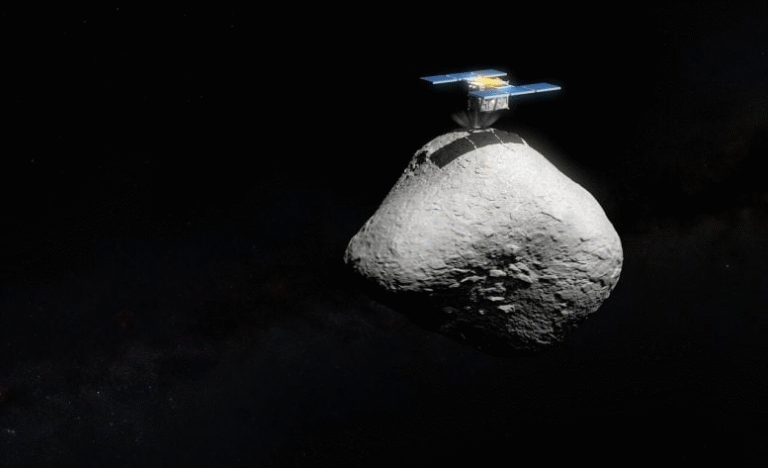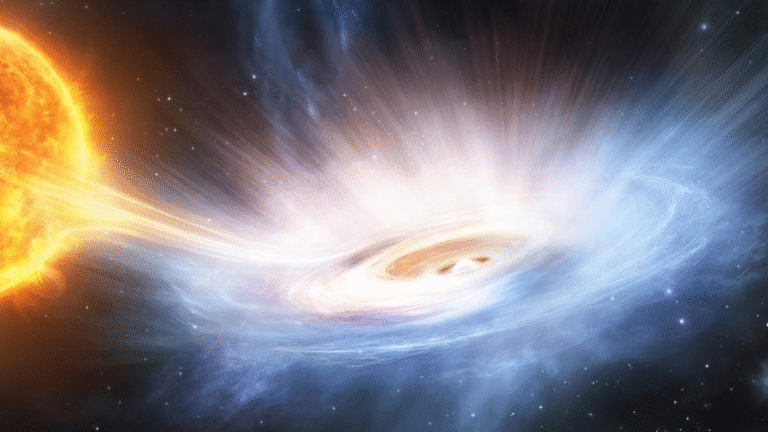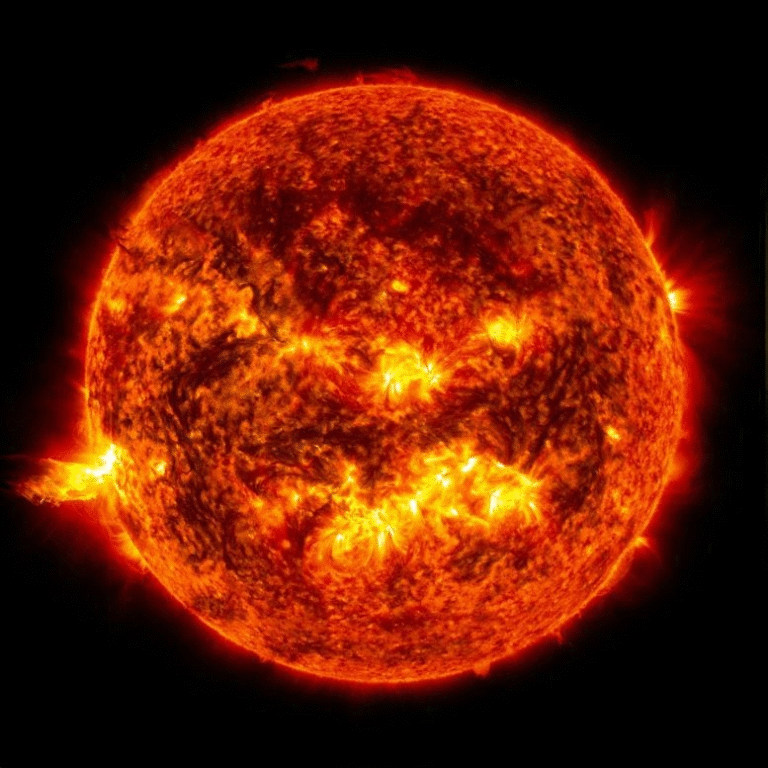Scientists Develop Effort.jl: A Laptop-Friendly Tool to Simulate the Universe
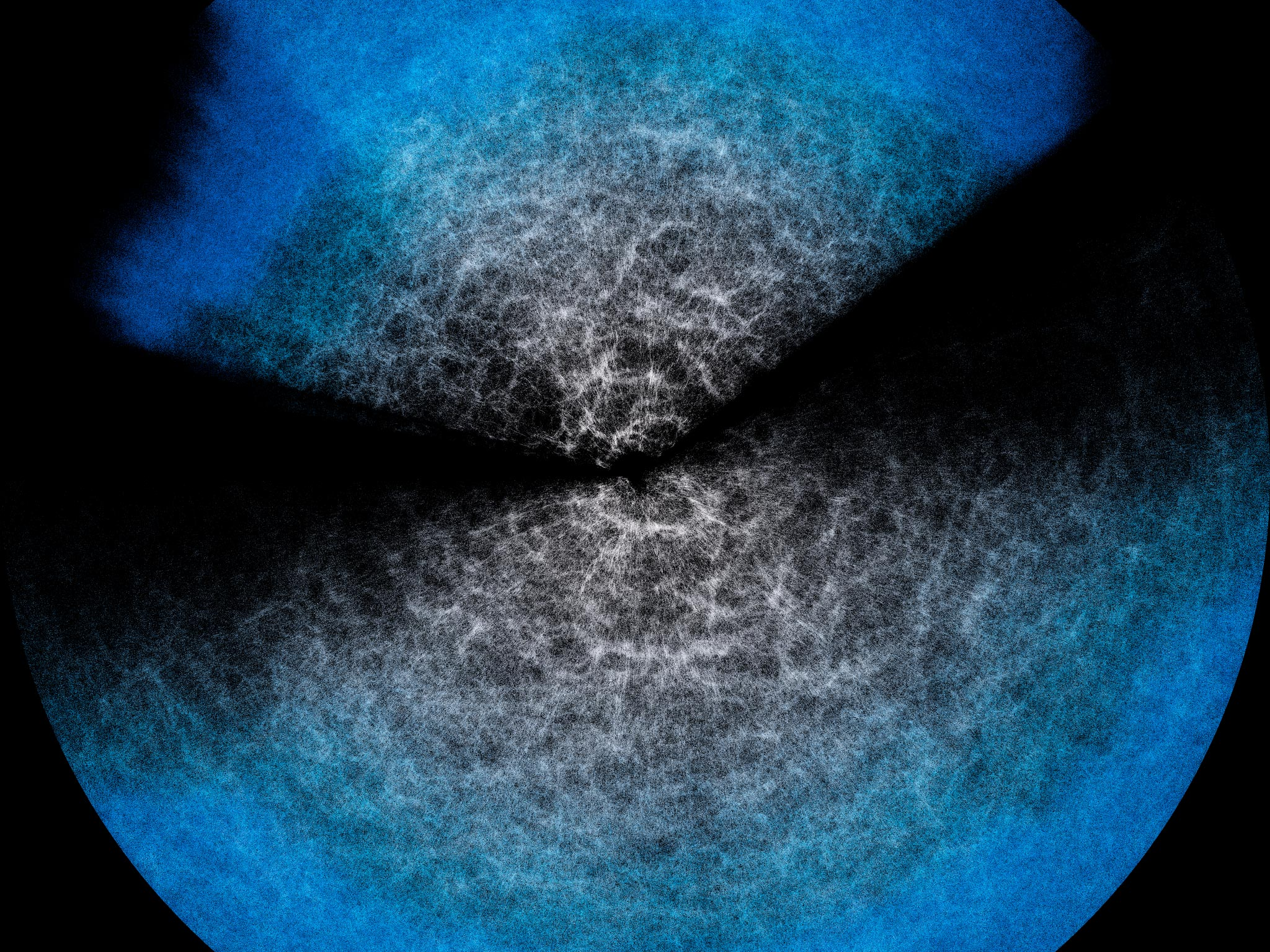
The universe is an incredibly complex place. Galaxies, clusters, and immense cosmic filaments stretch across unimaginable distances, creating what is often described as the cosmic web. To understand this structure, researchers rely on sophisticated mathematical models and large-scale simulations.
Traditionally, such work has required supercomputers and enormous amounts of time. But a new tool called Effort.jl changes that picture dramatically. This software can reproduce results of advanced cosmological models within minutes on a regular laptop, offering both accuracy and speed.
In this article, we’ll go through the specifics of Effort.jl, why it matters, how it works, and what it could mean for the future of cosmological research. Along the way, we’ll also dive into related topics like the cosmic web, emulators in science, and upcoming astronomical surveys that stand to benefit from this breakthrough.
The Vast Structure of the Universe
A single galaxy might feel massive, containing billions of stars, gas, and dust. Yet, compared with the entire universe, a galaxy is just a tiny dot. Galaxies gather into clusters, and clusters form superclusters. These then link together into vast filaments that span billions of light years, leaving behind huge empty regions known as voids. Altogether, this arrangement is called the cosmic web, a three-dimensional skeleton of matter stretching across the cosmos.
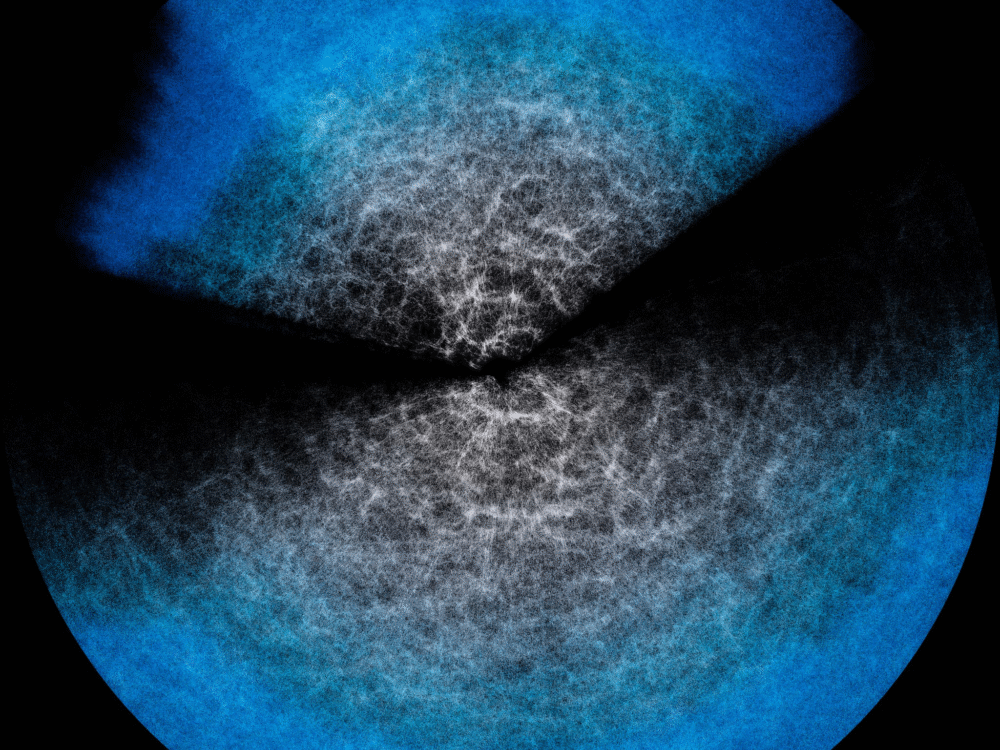
Studying such a grand structure requires a combination of theoretical physics and observational data from telescopes. Researchers take in the measurements of galaxy positions, redshifts, and clustering, and combine them with models that can explain how such patterns arise.
One of the most important frameworks for this is the Effective Field Theory of Large-Scale Structure (EFTofLSS). This model provides a statistical description of the cosmic web, allowing scientists to extract key information about the universe from observational data. However, while EFTofLSS is powerful, it is also computationally heavy. Running it repeatedly across different parameter choices quickly becomes unmanageable, especially as new surveys produce more and more data.
Why Scientists Turn to Emulators
The demand for speed and efficiency has grown sharply in recent years. Modern surveys like DESI (Dark Energy Spectroscopic Instrument) and Euclid are releasing vast amounts of data. Running EFTofLSS or similar models in full detail for every scenario would take an unreasonable amount of computing time, even with supercomputers.
This is where emulators come in. An emulator is essentially a shortcut: it learns the behavior of a complex model and can reproduce its results much faster. Think of it as a smart proxy that avoids recalculating everything from scratch.
The challenge is accuracy. A shortcut is useless if it produces the wrong answers. So cosmologists have worked carefully to design emulators that can keep precision while cutting down on computing costs.
Introducing Effort.jl
A collaboration between INAF (Italy), the University of Parma (Italy), and the University of Waterloo (Canada) has developed Effort.jl, a new emulator written in the Julia programming language. It has been tested extensively and shown to match the accuracy of EFTofLSS. In fact, in certain cases it even goes beyond, adding details that are often trimmed in traditional approaches to save time.
What makes Effort.jl so remarkable is its ability to run on ordinary laptops. Tasks that once required supercomputers can now be completed in just minutes on a standard CPU. This is not only a boost in convenience but also a democratization of cosmological research, making advanced tools accessible to a wider range of scientists and students.
How Effort.jl Works
Effort.jl uses a neural network core. The network is trained on the outputs of the EFTofLSS model. After training, the emulator can generalize to new sets of parameters it has not seen before.
But Effort.jl does more than just copy results. It builds prior knowledge into the algorithm. For example:
- It uses gradients, meaning it knows how predictions change when parameters are tweaked slightly.
- It avoids “re-learning” things we already understand about parameter dependencies.
- It treats some parameters analytically (like bias and counterterms) rather than leaving everything to the neural network, which saves time and increases accuracy.
This physics-informed machine learning approach gives Effort.jl a significant edge over simpler black-box emulators.
Validating the Accuracy
Validation is crucial. Since Effort.jl doesn’t directly “know” the physics but instead reproduces outputs, researchers needed to test it thoroughly. They compared results across both simulated datasets and real observational data.
The emulator consistently matched EFTofLSS predictions. Even better, in cases where traditional approaches required trimming parts of the analysis for speed, Effort.jl could keep those pieces in, offering a fuller analysis.
One striking test involved large-volume simulations and galaxy clustering data from the BOSS survey. Effort.jl reproduced results in excellent agreement with existing methods, all while running much faster.
Speed and Efficiency Gains
The performance gains are significant. On a typical Intel i7 laptop, Effort.jl could perform a full inference run in about 10 minutes, using a single CPU core. In comparison, the traditional pipeline would take hours or even days on much larger machines.
Because the emulator is differentiable, it works seamlessly with gradient-based samplers like Hamiltonian Monte Carlo (HMC). These samplers are already more efficient than basic methods, and the emulator boosts that advantage even further. The result is a system that is not just fast, but also statistically robust.
Implications for Future Surveys
Upcoming surveys like DESI and Euclid are expected to dramatically increase the amount of cosmological data available. Having a tool like Effort.jl means scientists can analyze this data in real time or close to it, testing a wide range of cosmological models without bottlenecking on computation.
This could accelerate discoveries about dark energy, dark matter, and the overall evolution of the universe. It may also allow smaller research groups without access to supercomputers to contribute directly to cutting-edge cosmology.
From Molecules to Galaxies: A Helpful Analogy
One way to think about this is to compare it to water molecules. Imagine trying to model the precise position and velocity of every molecule in a glass of water. While possible in theory, it would require absurd amounts of computation. Instead, physicists describe water at a macroscopic level—using fluid dynamics equations that average over microscopic detail.
Similarly, EFTofLSS provides a description of the large-scale universe without requiring direct modeling of every small-scale process. Effort.jl then takes this further, learning how those macroscopic properties behave and reproducing the results almost instantly.
Extra Insight: What Is the Cosmic Web?
Since the cosmic web plays such an important role in this story, it’s worth exploring a bit more. The cosmic web refers to the large-scale arrangement of matter in the universe. It looks like a three-dimensional spider web, with galaxies tracing out strands and nodes while vast empty voids stretch between them.
This structure arises from the initial density fluctuations in the early universe, amplified over billions of years by gravity. Regions that were slightly denser attracted more matter, leading to the filaments and clusters we see today.
Mapping and understanding the cosmic web is central to modern cosmology, because it tells us about the composition of the universe, the role of dark matter, and the mysterious force of dark energy that accelerates cosmic expansion.
Extra Insight: The Role of DESI and Euclid
Effort.jl isn’t being developed in isolation. It is designed with real-world applications in mind, especially for new surveys:
- DESI (Dark Energy Spectroscopic Instrument) is mounted on the Mayall 4-meter telescope at Kitt Peak National Observatory in the U.S. It is creating the largest 3D map of the universe ever made.
- Euclid, a European Space Agency mission launched in 2023, is designed to map billions of galaxies to better understand dark energy and the overall geometry of the cosmos.
Both of these projects generate enormous datasets. Tools like Effort.jl ensure that researchers can keep up, extracting meaningful results without supercomputer bottlenecks.
Conclusion
Effort.jl represents a major step forward in computational cosmology. By combining neural networks with built-in physical insights, it manages to reproduce the results of EFTofLSS quickly and accurately on ordinary machines. This means that tasks once requiring massive computational resources are now within reach of everyday researchers.
As new surveys like DESI and Euclid expand our cosmic horizons, Effort.jl will be a key tool in making sense of the data. It’s not an exaggeration to say that we now have a way to simulate the universe on a laptop.
Research Reference: Effort.jl: a fast and differentiable emulator for the Effective Field Theory of the Large Scale Structure of the Universe

